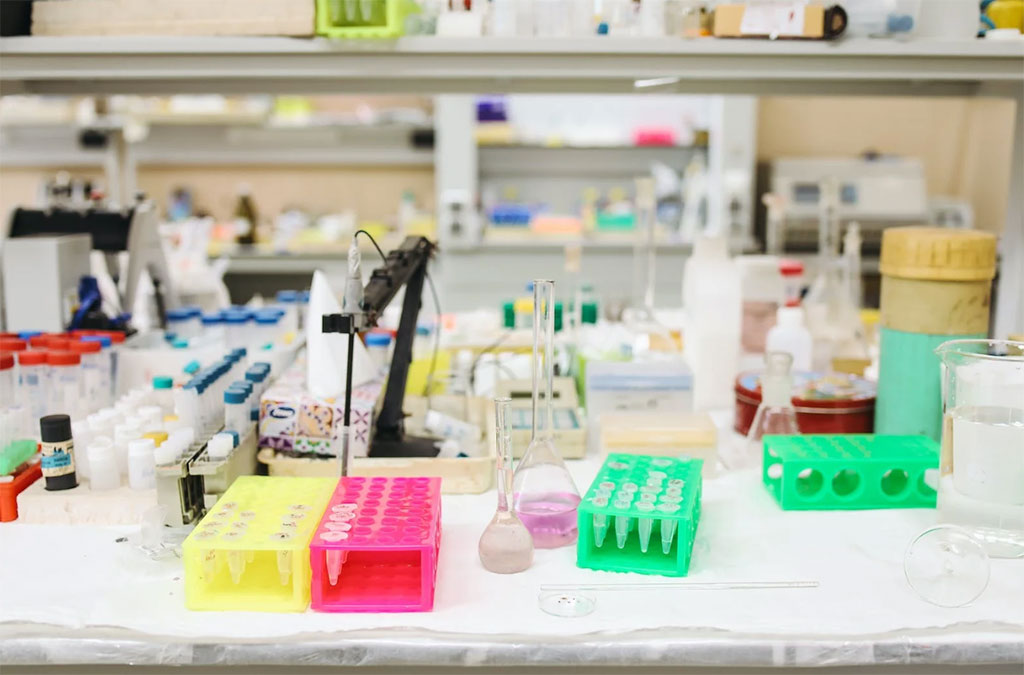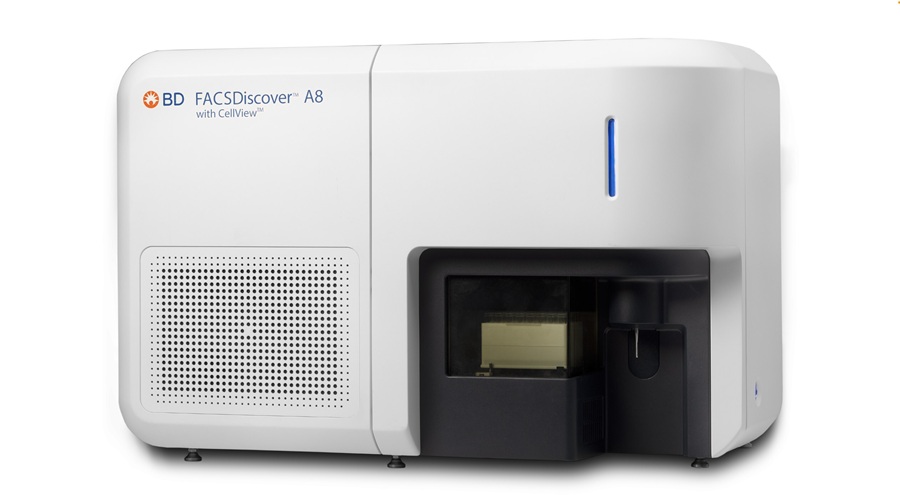Global Diagnostic Labs Market Driven by Increased POCT Testing and Smart Portable Devices
Posted on 13 Sep 2022
Clinical diagnostics are beneficial for diagnosing prevalent chronic diseases and are valuable in disease prevention, detection, and treatment. Clinical diagnostics help identify early warning signs and individual risk factors, and create new opportunities for prevention and early intervention. As diagnostic chains and insurance coverage expand, clinical laboratory tests are becoming more common due to the increasing demand for early detection of diseases and earliest possible search for causes to receive appropriate therapy. Diagnostic laboratories, which are equipped with apparatus and reagents for performing diagnostic tests, play an important role in reducing the widespread impact of certain diseases. Hence, the increasing prevalence of chronic diseases, growing use of point-of-care diagnostics, and rising healthcare expenditures are fueling the growth of the diagnostic labs market. The global diagnostic labs market is projected grow at a CAGR of 8.3% from over USD 297 billion in 2021 to more than USD 514 billion by 2028.
These are the latest findings of Research and Markets (Dublin, Ireland), a market research firm.

The COVID-19 pandemic has led to increased funding and tests, which boosted the growth of the diagnostic labs market. Millions of tests were carried out worldwide to identify COVID-19 infection and stop the spread of the SARS-CoV-2 virus. Due to the increased burden of COVID-19 testing or drop in demand for other types of diagnostic tests, several laboratories had stopped performing other diagnostic procedures. Various testing laboratories entered the diagnostic labs market and significantly contributed to its further growth. Thus, the increasing number of SARS-CoV-2 tests due to a constant rise in COVID-19 infections and government funding is expected to result in a surge in demand for testing and propel the growth of the global diagnostic labs market.
Diagnostics laboratories have witnessed a digital transformation, and the modern laboratory has dramatically changed how tests are performed. As the technological revolution in labs continues, there is a growing need to provide a modern, quality-driven digital approach to laboratory operations that offers convenience, innovation, and reliability. Innovative technologies have made POCT devices portable and also improved sampling techniques, so they are minimally disruptive. POCT technology's relatively user-friendly nature is mainly due to advances in disposable test cartridges and microprocessor-based analyzers. Several such advances are poised to change the industry testing paradigm through greater speed, quality, efficiency, and scalability to better guide patient care.
The healthcare system is increasingly recognizing the value that labs can play by becoming more of a clinical decision-making engine, helping patients conduct tests at home and physicians interpreting results and diagnosing and monitoring patients more accurately and faster. The smart lab market includes proprietary robotic platforms, automated tools, software-as-a-service (SaaS), mobile apps, and other digital solutions that support operations, data management, and analytics across the entire value chain in diagnostic labs and promote the growth the diagnostic labs market.
The ecosystem to support the growth of smart labs is maturing, and several technology start-ups and prominent commercial players are already developing products and solutions targeting the specific areas for pre-and post-analytical surgeries and related areas, including smart procurement and remote monitoring, and predictive maintenance. Increasing testing volumes, cost pressures, and distributed labs are forcing traditional participants to leverage converging technologies such as robotics, Artificial Intelligence (AI), big data, Inter of Things (IoT), and cloud technologies to move from static, fragmented operations and tools to dynamic and value-driven practices, making diagnostic results more accurate and faster.
Related Links:
Research and Markets









 Analyzer.jpg)




